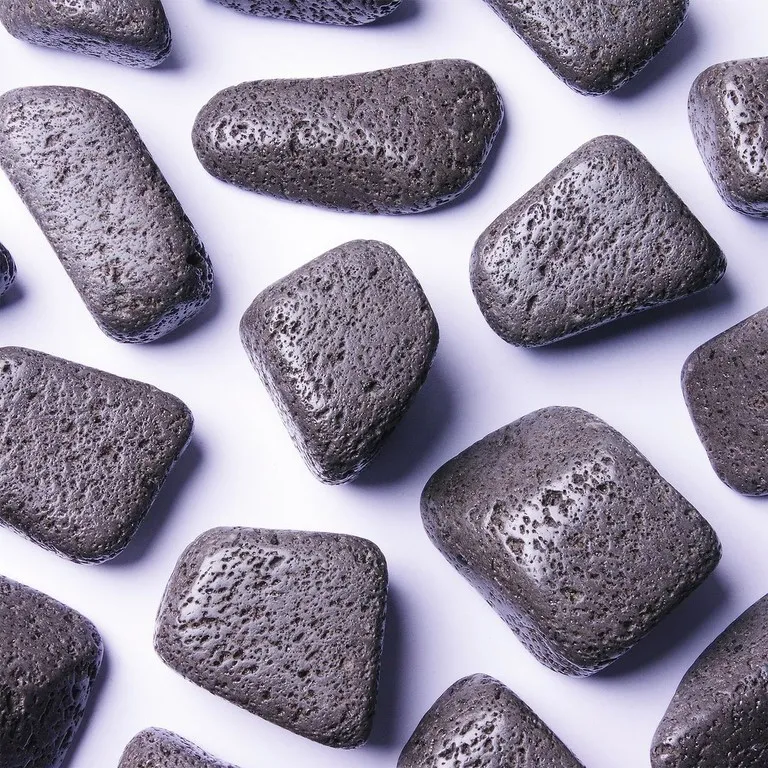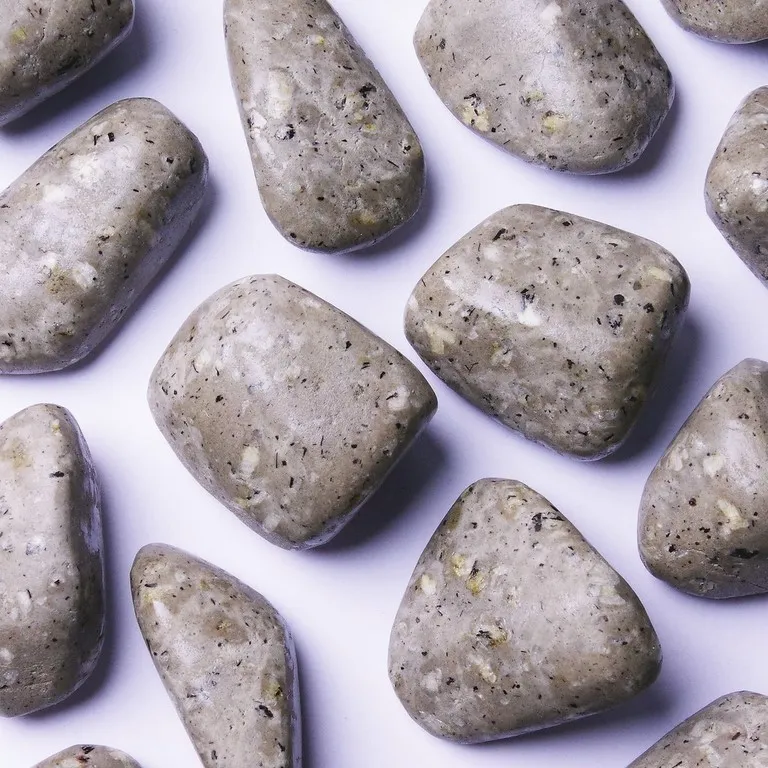What is the magmatic differentiation in geology ?
Magmatic differantiation : definition
Magmas result from the partial melting of an initial rock (most often a mantle peridotite). This partial fusion leads to the formation of a first magma called "primary magma". This magma slowly cools and crystallizes. The first crystals to form are olivines (forsterites), they are rich in magnesium and iron, and poor in silica. The high density olivine crystals will sediment by gravity and therefore separate from the magmatic liquid. They will deplete the magma in magnesium and iron and enrich it in silica. The remaining magma is called "differentiated magma". This differentiated magma will continue its crystallization (and therefore its differentiation), a whole series of other minerals will emerge and can be partially segregated, we speak of fractional crystallization. This evolution of the composition of magmas over time is responsible for the evolution of certain physical parameters such as viscosity, and therefore governs the eruptive dynamics in the case of volcanism for example.




